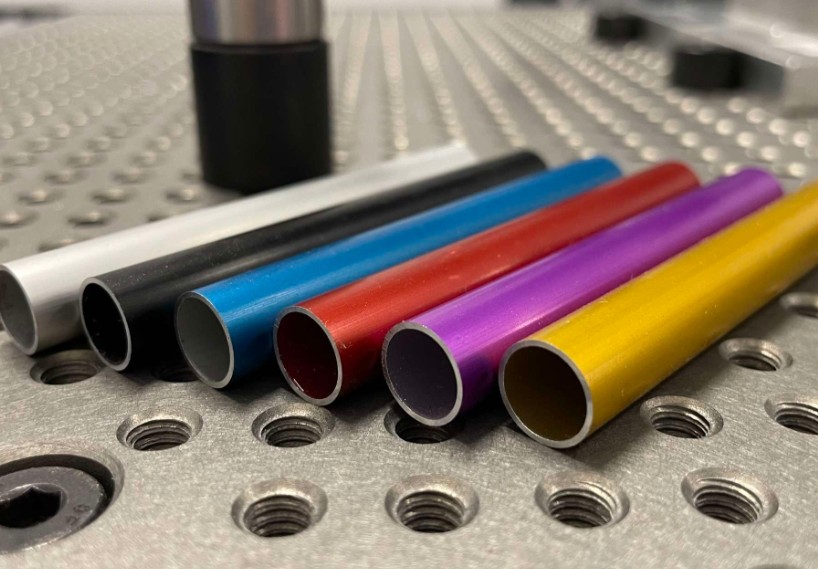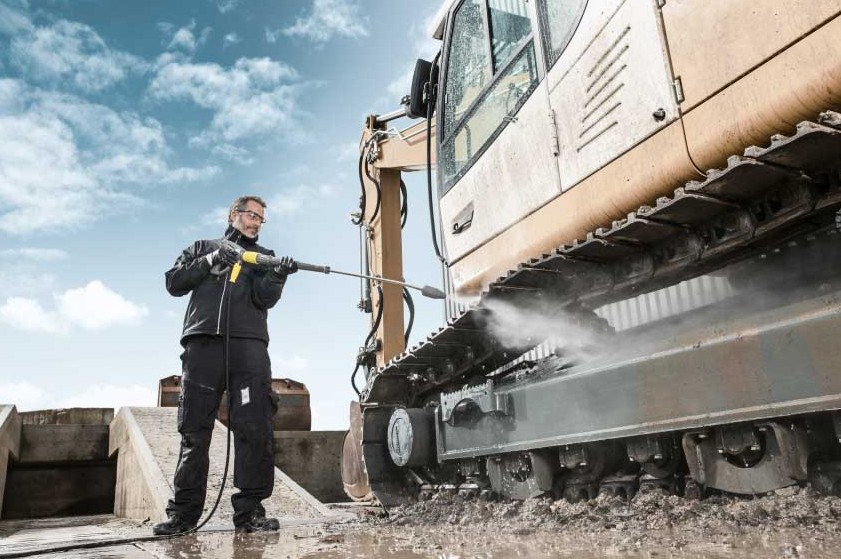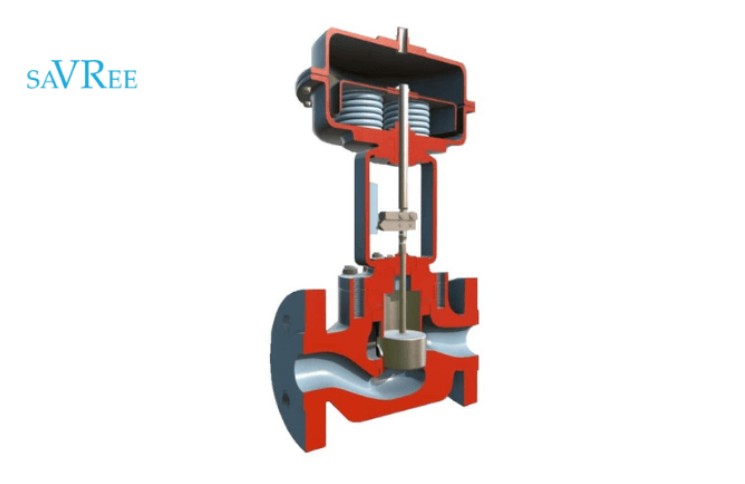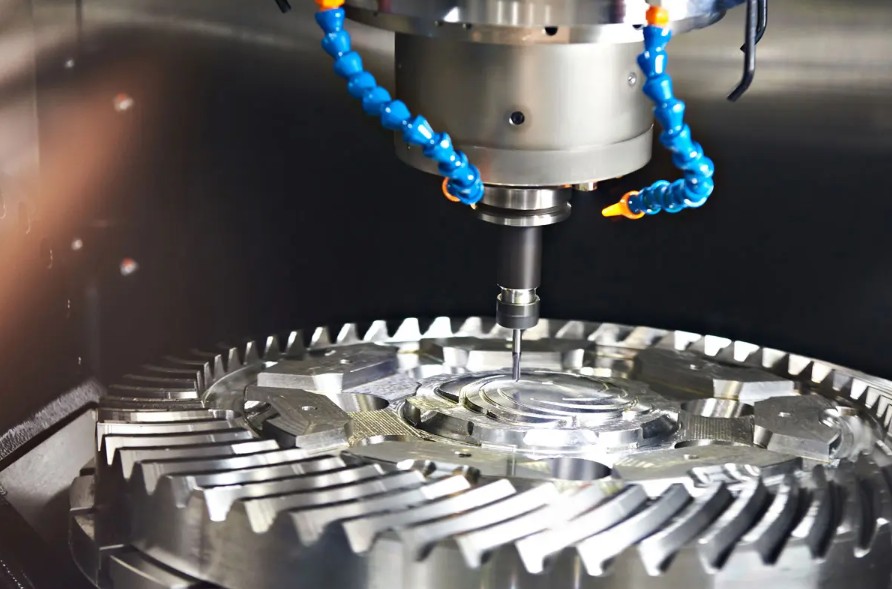

William Jarvis knew what he was doing when he finagled a deal to purchase Merino sheep from Spain. He saw them as the perfect business venture and ideally suited for his hilly New England.
Spain would have maintained its monopoly on the sheep breed, which produces voluminous amounts of high-quality wool, but the government needed money to fight a war with Napoleon. So in 1809 Jarvis began shipping Merinos to the United States, at great personal profit. He eventually moved with 400 of them to his farm in Weathersfield.
Thus began Vermont’s great sheep craze. By 1840, Vermont’s sheep population reached 1.7 million — outnumbering the human population six-to-one. The craze finally abated in the mid-1800s when Vermont sheep farmers found they couldn’t compete with cheaper wool brought in aboard railroad cars from the Midwest and aboard ships when the United States dropped import tariffs.
Sheep farming proved to be just one in a long line of industries, and sometimes single businesses, that have left their mark on Vermont. What follows is a look at some of the business ventures that have transformed the state. This has been a two-way transaction, however. These industries helped shaped Vermont’s identity and brought it prosperity, sometimes less long lasting than hoped, but in return Vermont provided its valuable resources, both natural and human.
Dairy farming
As the sheep craze died down, Vermont farmers, who were growing grain and fruit crops, began milking small herds of dairy cows. But these small herds were on an astonishing number of farms — nearly 34,000 in 1870. The total population of cows that year was 180,000.
Dairy farming communities gave rural Vermont its character, which embodied the state motto: “Freedom and Unity.” Small farms worked to create their own destiny, but farmers also bonded together in cooperatives to complete the labor-intensive work of making butter and cheese.
Technology had its impact on dairy farms. Rural Electrification meant farmers no longer needed to cut ice and pack it in sawdust to keep milk from spoiling in warmer weather.
Large, stainless steel bulk tanks were introduced in the 1950s. Advertised as a healthier way to store milk than the traditional 10-gallon milk cans, the bulk tank spelled doom for many small farms when creameries started mandating their use. Thousands of hill farms couldn’t afford to make the upgrade and went out of business, abandoning many rural parts of the state.
Vermont dairy farms have continued to grow in size and shrink in number. Roughly 600 exist today.
Railroads
The impact of railroads on Vermont is hard to overstate. They had the seemingly magical power to obliterate distance.
The opening of the Champlain Canal in 1823 had provided a vital water link to the New York City market, but in terms of sheer speed, it just couldn’t compete with the railroads that arrived in Vermont in the late 1840s.
Suddenly, routes between parts of Vermont that had taken days to traverse could be spanned in a matter of hours. More importantly from an economic point of view, they put the state’s farms and other businesses within easy reach of major markets in New York, Boston, Montreal and beyond. Goods, even perishable ones, could now reach their destinations overnight.
One-company, one-industry towns
The mid-19th century saw the rise of virtual one-company or, in some cases, one-industry towns.
Railroads helped create the identity of towns such as Randolph, when it was a hub for the Vermont Central, and later St. Albans, after former Gov. J. Gregory Smith took over the business and moved the hub to his hometown, St. Albans.
Marble shaped communities such as Proctor and West Rutland, bringing with them immigrants from Italy, Sweden, Poland and elsewhere. Granite had a similar impact on Barre, attracting workers largely from Italy, but also Scotland and a variety of other countries. The slate industry around Fair Haven drew many Welsh workers, but also others from other European countries and Canada.
St. Johnsbury’s economy long hinged on the condition of E & T Fairbanks & Company, a scale manufacturer and easily the area’s largest employer. The Fairbanks family provided many in St. Johnsbury with jobs; in return, the business provided the Fairbanks family tremendous wealth and power. Family members understood their debt to the community, donating three of the town’s most prominent institutions: the Fairbanks Institute science museum, the St. Johnsbury Athenaeum library and art museum, and St. Johnsbury Academy.
Bennington grew into something of a textile town during the late 1800s, with companies making everything from men’s shirt to pants, socks and overcoats. Textile-related industries moved into North Bennington, manufacturing things like buttons and sewing machines.

Brattleboro became a focal point of the organ-making industry. Home organs had become popular status symbols across America. The arrival of the railroad industry in the mid-1800s made it possible for Brattleboro organ factories to ship their weighty products seemingly anywhere.
The Estey Organ Company was the first in Brattleboro, having evolved from a lead pipe and pump business. Founder Jacob Estey built worker housing, complete with its own school and fire department, in a part of town that became known as Esteyville. The presence of Estey’s company attracted two other organ manufacturers to Brattleboro. Together they employed hundreds of workers, including Swedes, French Canadians and Irish immigrants.
The Windsor and Springfield area grew into a major player in the machine-tool industry, which produces lathes and other tools used to manufacture machines. Related companies sprang up in what became known as the Precision Valley. The companies were essential to the American military and prospered during the two world wars. They also inadvertently boosted the economic rights of women. With so many young men away at war, Precision Valley companies began hiring women to perform what had traditionally been men’s jobs.
The ski industry
Between the world wars, a new industry arrived in Vermont. In 1934, the first two downhill ski areas opened in Vermont. The state’s tourism industry could now attract visitors year round.
Suicide Six in Woodstock (recently renamed Saskadena Six) grew out of a conversation between young vacationing businessmen from New York. They were complaining about the sore muscles they got from skiing — what we would call backcountry skiing today. They offered to pay the couple that ran the inn where they were staying to figure out a way to transport skiers uphill.
The couple, Robert and Elizabeth Royce, tracked down a ski club in Quebec that had such a device. The Royces hired a pair of talented mechanics who used a crude diagram provided by the Quebec club, along with 1,800 feet of rope, some pulleys and an old Model T Ford truck, to build the first rope tow in the United States.
Lumberman Craig Burt, who owned a large tract of land on Mount Mansfield, saw the potential for a wintertime tourist draw. After talking with people who had witnessed skiing in Europe, Burt opened his own resort in Stowe, also in 1934. Since the advent of skiing in Vermont, the state has never been quite the same in winter.
IBM
Vermont’s largest employer during the late 20th century, other than the state government, arrived at a low point for the state economy. During the mid-1950s, the state suffered a pair of shocks. General Electric had let go 1,500 of its workers at its arms plant in Burlington. Soon afterward, the American Woolen Co. closed its iconic plant at the falls in Winooski, putting 800 more people out of work.

In hopes of luring jobs to Chittenden County, the Greater Burlington Industrial Corporation constructed a 40,000-square-foot factory building in Essex on spec, then went looking for a company to fill it.
International Business Machines was looking to build a new factory at the time and liked the Vermont location. Stories that IBM President Thomas J. Watson picked the site because he enjoyed skiing in Vermont are apparently apocryphal. The price and location were right, and Vermont provided skilled workers to fill many of the jobs.
IBM’s presence revitalized the Chittenden County economy. At its peak, it had more than 4,000 employees on its Vermont payrolls. It also attracted other high-tech companies to the area. The companies brought many newcomers to the state and swelled the population of Chittenden County. Builders responded by building new homes and stores. All this activity has led Chittenden County, due both to its economic vitality and its suburban sprawl, to seem more like the rest of America than the rest of Vermont.
Ben and Jerry’s
It might not sound like history yet, but Ben & Jerry’s was founded some 45 years ago and changed the character and image of Vermont businesses. Childhood friends Ben Cohen and Jerry Greenfield started making ice cream as a way to make a living, not make a fortune, though that fortune would eventually come.

The pair’s business plan coupled with their ability to concoct enticing flavors, calories be damned, with their social consciousness. Cohen and Greenfield created a company that took public, liberal stances on political issues and tried to make a company that was more environmentally friendly. By looking at what the company called a dual bottom line — profits and social mission — Ben & Jerry’s blazed a path since followed by many other Vermont companies, making the state a leader among socially responsible businesses.
Though Ben & Jerry’s has since been sold to an international conglomerate, many other companies are doing well trading on the Vermont image they helped create. People now associate Vermont with quality, wholesomeness and hipness. Firms such as Burton Snowboards, Orvis, Cabot Cheese, Beta Technologies, King Arthur Flour, Darn Tough and NRG Systems have built successful brands relying on some or all of those traits.
The only constant in Vermont’s economic history has been change. Who can say what will be the state’s next sheep boom or its next IBM?





